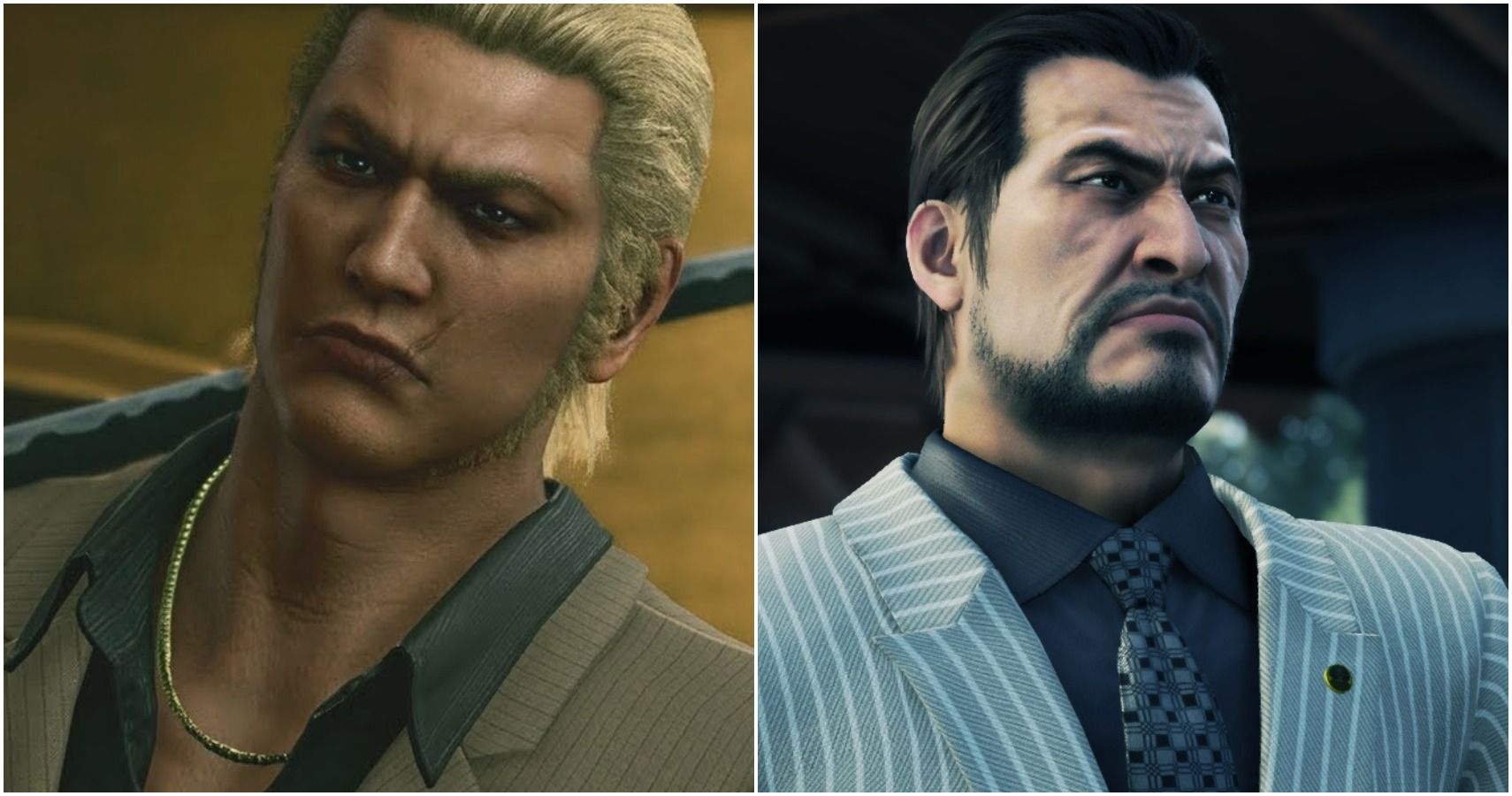

The name yakuza originates from the traditional Japanese card game Oicho-Kabu, a game in which the goal is to draw three cards adding up to a score of 9. 5.1.1 Yakuza's aid in Tōhoku catastrophe.There remains no strict prohibition on yakuza membership in Japan today, although much legislation has been passed by the Japanese government aimed at impeding revenue and increasing liability for criminal activities. The yakuza still regularly engage in an array of criminal activities and many Japanese citizens still remain fearful of the threat these individuals pose to their safety. However, this number has drastically dropped, a decline attributed to changing market opportunities and several legal and social developments in Japan which discourage the growth of yakuza membership. At their peak in the early 1960s, police estimated that the yakuza had a membership of more than 200,000.

Īt their height, the yakuza maintained a large presence in the Japanese media and operated internationally. This group is still regarded as being among "the most sophisticated and wealthiest criminal organizations". Members are often portrayed as males, wearing "sharp suits" with heavily tattooed bodies and slicked hair. The yakuza are known for their strict codes of conduct, their organized fiefdom nature and several unconventional ritual practices such as yubitsume or amputation of the left little finger. The English equivalent for the term yakuza is gangster, meaning an individual involved in a Mafia-like criminal organization. The Japanese police and media, by request of the police, call them bōryokudan ( 暴力団, "violent groups", IPA: ), while the yakuza call themselves ninkyō dantai ( 任侠団体, " chivalrous organizations", IPA: ). Yakuza ( Japanese: ヤクザ, IPA: ) / j ə ˈ k uː z ə, ˈ j æ k uː z ə/, also known as gokudō ( 極道, "the extreme path", IPA: ), are members of transnational organized crime syndicates originating in Japan. Varied, including illegitimate businesses, an array of criminal and non-criminal activities. Occasionally Koreans and Americans ( Japanese Americans). Primarily Japan with some in South Korea and the Western United States, particularly Kantō/ Tokyo, Kyoto, Chūbu, Hawaii, and California (presumed to have originated from the Kabukimono)

For more guidance, see Wikipedia:Translation.You should also add the template to the talk page.A model attribution edit summary is Content in this edit is translated from the existing French Wikipedia article at ] see its history for attribution. You must provide copyright attribution in the edit summary accompanying your translation by providing an interlanguage link to the source of your translation.If possible, verify the text with references provided in the foreign-language article. Do not translate text that appears unreliable or low-quality.Consider adding a topic to this template: there are already 5,172 articles in the main category, and specifying |topic= will aid in categorization.Machine translation like DeepL or Google Translate is a useful starting point for translations, but translators must revise errors as necessary and confirm that the translation is accurate, rather than simply copy-pasting machine-translated text into the English Wikipedia.View a machine-translated version of the French article.


 0 kommentar(er)
0 kommentar(er)
